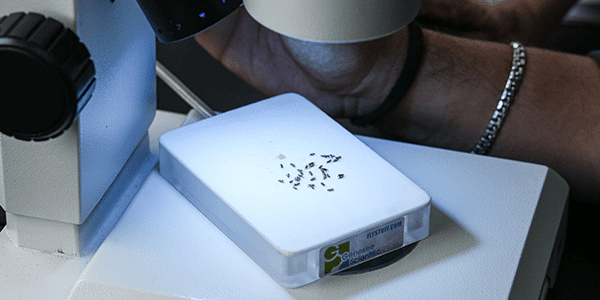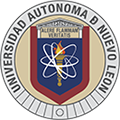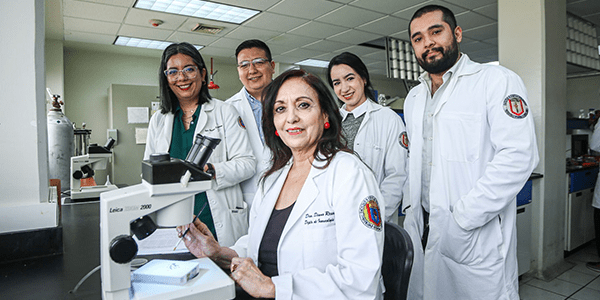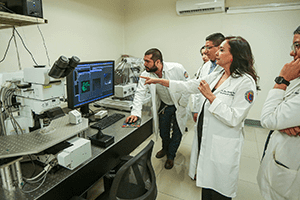Share:
Fruit Fly Study receives UANL Research Award
Did you know that we share more similarities with the fruit fly, Drosophila, than you think?
Diana Resendez Perez, a researcher at the School of Biological Sciences at the Universidad Autónoma de Nuevo Leon, specializing in developmental biology and genetic control, affirms this intriguing fact.
All living organisms share evolutionary genes and proteins, including Antennapedia, initially identified in flies. It has a conserved domain present not only in flies but also in all organisms up to higher vertebrates. However, due to morphogenesis, each species exhibits a unique structural arrangement.
Studying the organism Drosophila has provided valuable insights into morphogenesis—the process of forming structures and organs such as legs, eyes, antennae, and more. What makes it particularly fascinating is the high conservation of these processes. Genes play a crucial role by enabling the synthesis of proteins that interact to shape organs in the morphogenesis process. Remarkably, this conservation spans from unicellular organisms to higher vertebrates, encompassing humans as well.
Diana Resendez Perez
UANL Researcher

Research Objectives
The study titled “Antennapedia assembles new trimeric complexes with TBP, TFIIEB, and Exd to modulate their functional activity in Drosophila,” honored with the UANL 2023 Research Award, delves into the interaction of proteins. Researchers from the School of Biology aim to analyze these interactions and identify crucial domains. The ultimate goal is to understand how to eliminate aggregates associated with diseases, paving the way for preventive strategies.
“We are researching a protein associated with a degenerative condition similar to Alzheimer’s, known as ataxia. This protein, found in flies, is remarkably conserved in humans. Accumulation and aggregation of this protein in both human and fly brains lead to pathology. Our study focuses on understanding how these interactions occur. We aim to identify specific treatments that can potentially prevent the formation of these harmful aggregates,” explained Resendez Perez.
Posted by: Portal Web UANL






